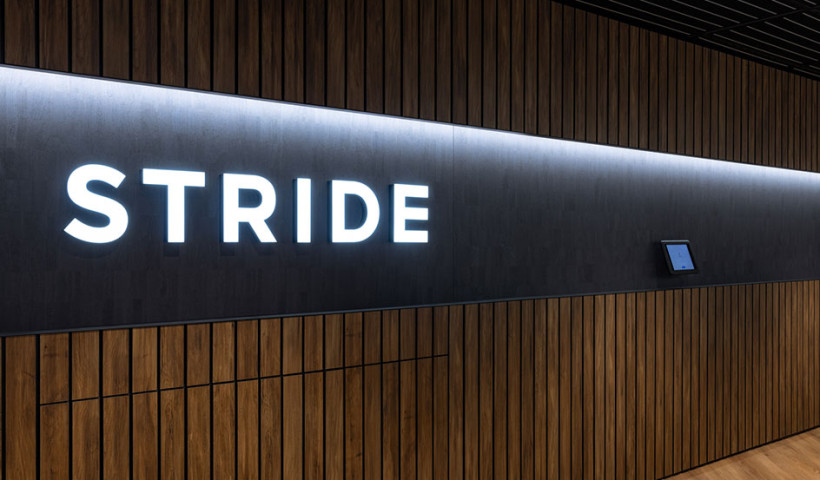
Set on Clearwater’s Lake Rotoiti at the northern edge of Christchurch, Clearwater Quays comprises two five-storey apartment buildings constructed almost entirely from timber. "The client’s vision was to lead the way in New Zealand for mass timber structures," says architect Phillip Howard, principal of Pacific Environments Architects.
The multi-unit tower offers a mix of apartment sizes, and showcasing timber both structurally and visually was a driving factor in the design brief. By increasing the use of New Zealand timber products in our larger buildings, projects will have a smaller carbon footprint than steel and concrete construction, which has traditionally been used for this building type.
Apart from the concrete ground floor and some isolated steel beams connecting stair landings, construction is a mix of standard timber frames, cross laminated timber (CLT) posts and panels, Glulam beams and plywood walls for bracing.
For the floors, the architects selected the Strandfloor Fire and Acoustic Floor System, which is specifically formulated for use in residential and commercial intertenancy floors. "As a timber-based product, it fitted the criteria for mass timber construction," says Howard, "And we particularly liked Strandfloor because it has the Declare label." Strandfloor is declared Red List Free in the Declare Products database.
Strandfloor is manufactured from large strands of Pinus radiata, which are bonded with a pMDI resin that is urea-formaldehyde free, with a wax emulsion added for greater durability and moisture resistance.
With a Sound Transmission Class (STC) of 65, Impact Insulation Class (IIC) of 56 and fire rating tested up to 60/60/60, the Strandfloor Fire and Acoustic Floor System also delivers to all requirements of the New Zealand Building Code.
Clearwater Quays’ construction is now a reference project for the Mid-Rise Wood Construction programme run in association with the Ministry of Primary Industries, and Strandfloor has played an important part in the project. The programme aims to encourage the use of New Zealand-grown timber in the construction of mid-rise buildings using prefabrication.






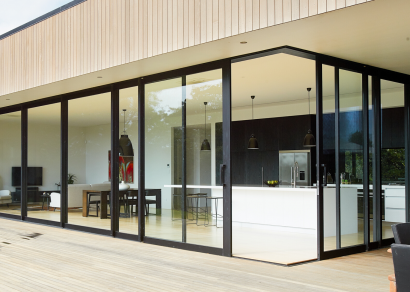
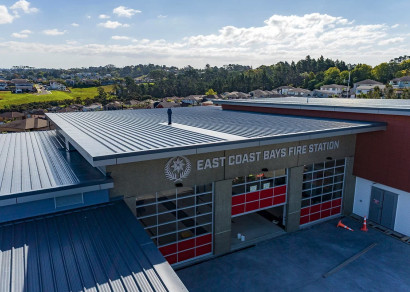
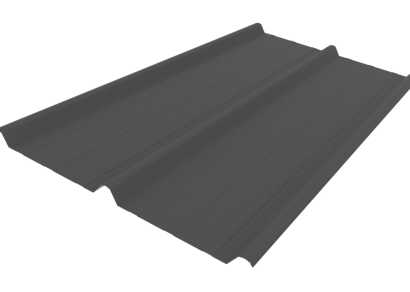
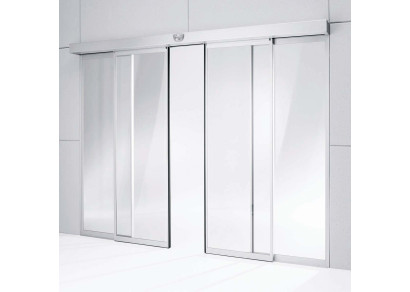
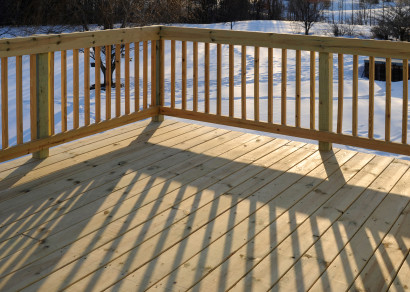
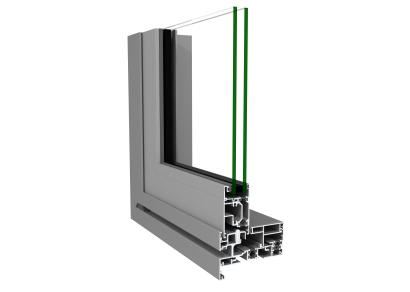
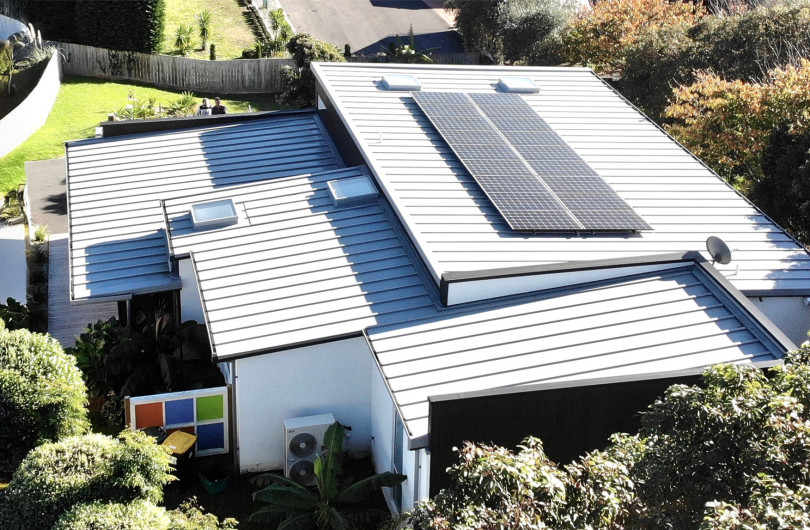
 New Products
New Products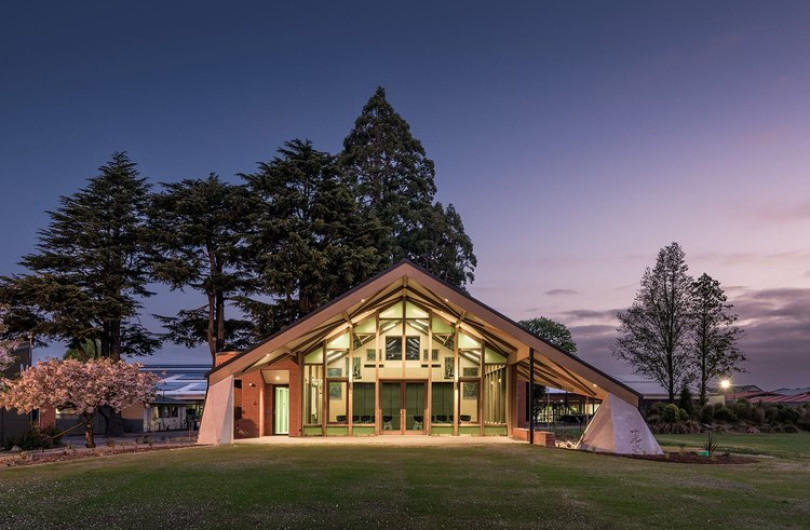


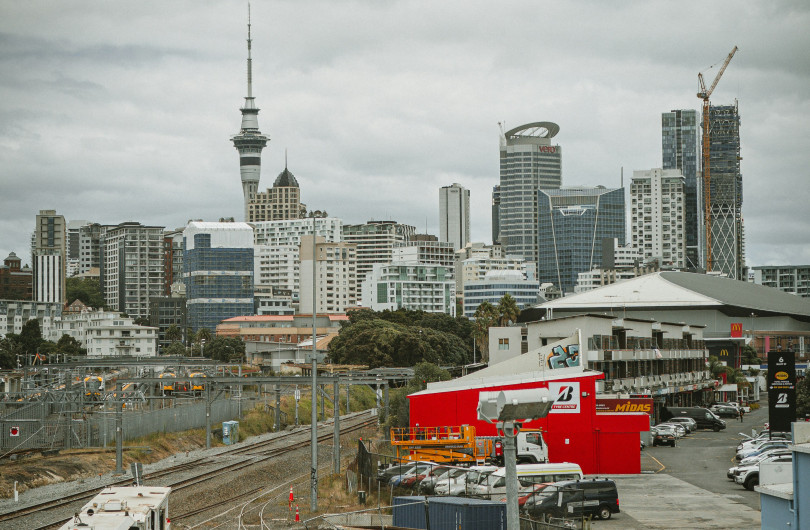

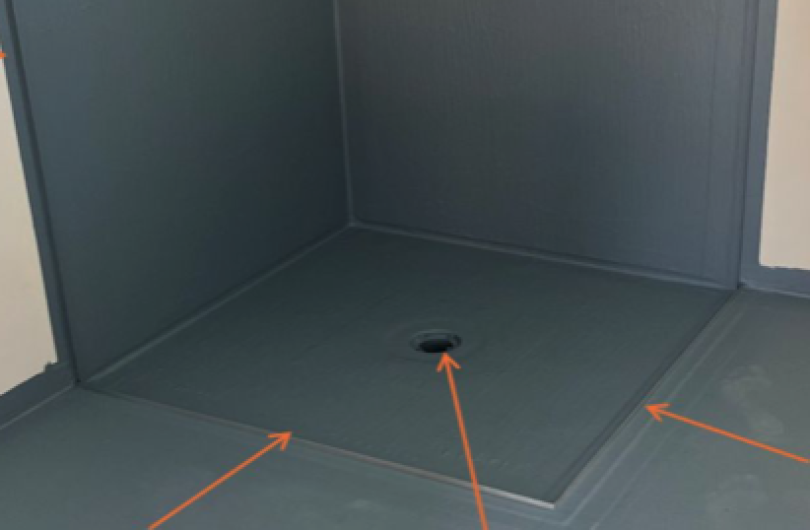








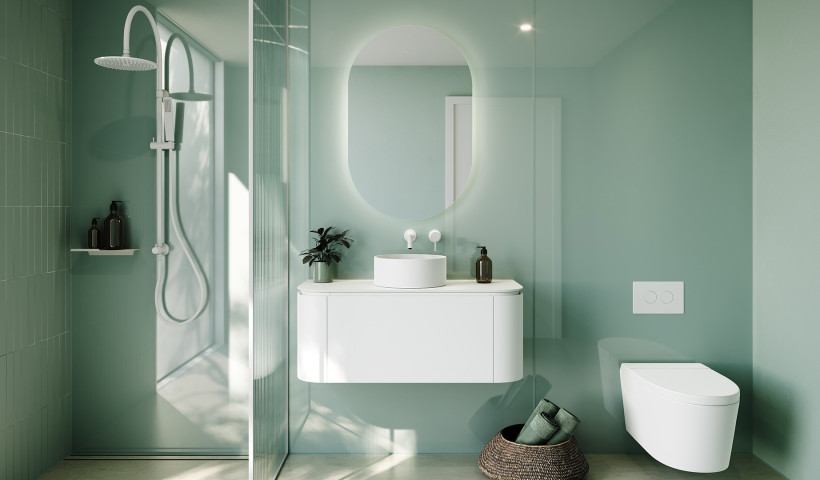
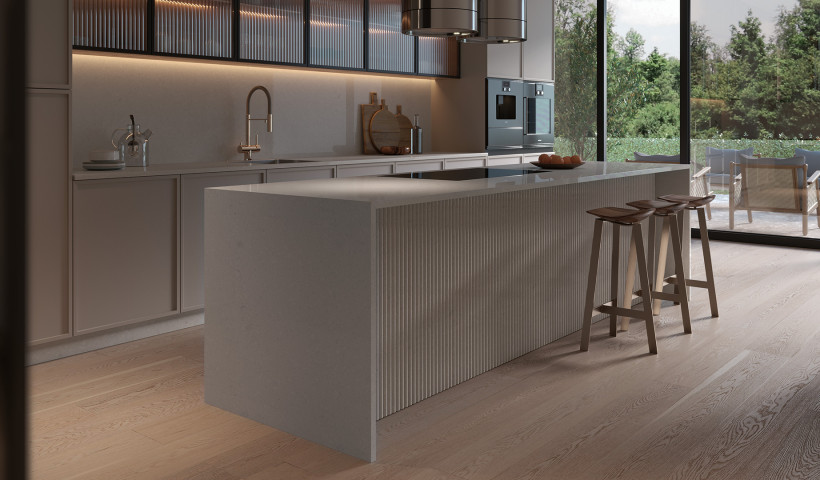
 Popular Products from Laminex New Zealand
Popular Products from Laminex New Zealand

 Most Popular
Most Popular


 Popular Blog Posts
Popular Blog Posts
